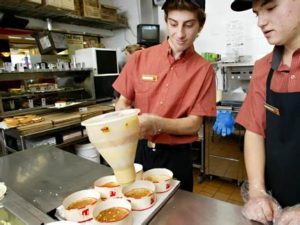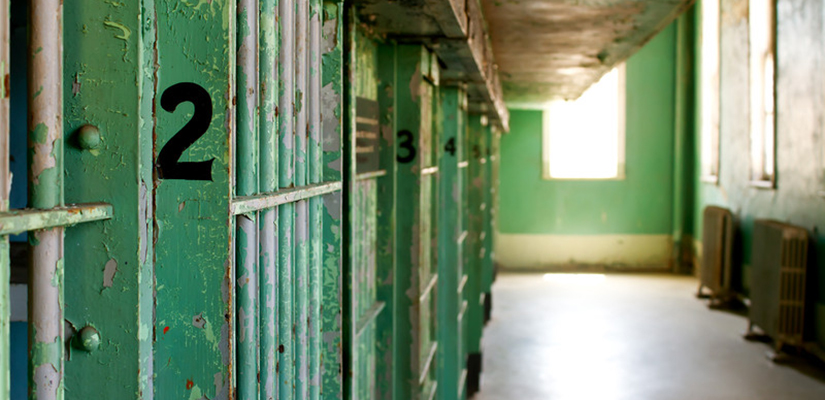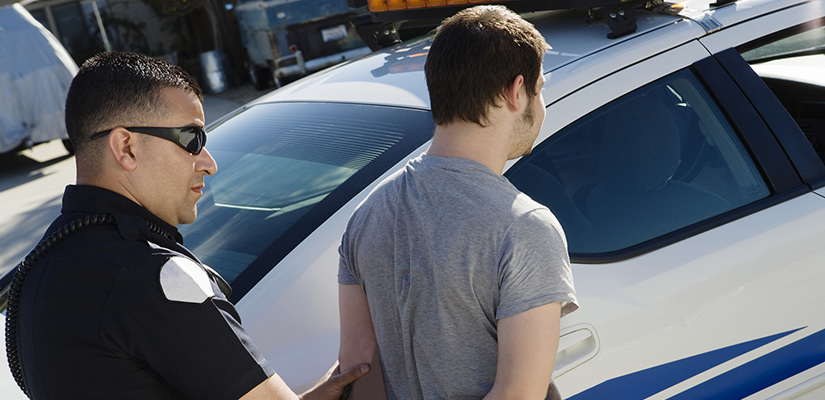A study published recently in an issue of Science Magazine entitled “Summer Jobs Reduce Violence Among Disadvantaged Youth” showed that when high school students from low-income, high-violence Chicago communities were employed through a One Summer Plus program for eight weeks, violent crime arrests dropped by nearly 43 percent for more than a year after the employment ended.1
How the One Summer Plus Program Worked
 For the study, researchers from the University of Pennsylvania worked with the University of Chicago Crime Lab to establish a summer program in which participants were divided into three groups: no job, summer job, and summer job plus social emotional learning. About 1,634 students participated in the study. The summer job group worked about 25 hours a week at $8.25 an hour, and the summer job plus group worked 15 hours a week at $8.25 and received 10 hours a week of social-emotional learning based on the principals of cognitive behavior therapy. The control group was not offered work through the One Summer Plus program, but were allowed to find their own jobs or summer activities.2 Employed students in the program earned about $1,400 over the summer and were given bus passes and one meal each day.
For the study, researchers from the University of Pennsylvania worked with the University of Chicago Crime Lab to establish a summer program in which participants were divided into three groups: no job, summer job, and summer job plus social emotional learning. About 1,634 students participated in the study. The summer job group worked about 25 hours a week at $8.25 an hour, and the summer job plus group worked 15 hours a week at $8.25 and received 10 hours a week of social-emotional learning based on the principals of cognitive behavior therapy. The control group was not offered work through the One Summer Plus program, but were allowed to find their own jobs or summer activities.2 Employed students in the program earned about $1,400 over the summer and were given bus passes and one meal each day.
Nearly all participants were African American with an average age of 16, and more than 90 percent lived in some degree of poverty and carried about a C average in school. Nearly 20 percent of participants had been a victim of crime and nearly 20 percent had an arrest record. All lived in neighborhoods with very high violent crime rates and 19 percent unemployment.
Working participants were given jobs and employment mentors who helped them learn how to be successful in the workplace and overcome employment barriers. The summer job plus social emotional learning group were helped to manage and understand their emotion, behaviors, and thoughts that might impede their employment success. The two work groups saw a nearly equal reduction in violent crime arrests, nearly 43 percent over the non-working group.3 The author said that the study proved that the One Summer Plus program did more than just keep at risk youth busy over the summer, “it changed their behavior after the job had ended as well.”
California Juvenile Violent Crime Rate
 According to the California Office of the Attorney General, of the 30,812 juvenile felony arrests across the state, 8,303 (26.9 percent) were for violent offenses.4 While California violent youth crime arrests have decreased over the past five years, dropping from 17,520 in 2008 to 8,303 in 2013, there’s more that can be done to further increase the decline in juvenile violent crimes.
According to the California Office of the Attorney General, of the 30,812 juvenile felony arrests across the state, 8,303 (26.9 percent) were for violent offenses.4 While California violent youth crime arrests have decreased over the past five years, dropping from 17,520 in 2008 to 8,303 in 2013, there’s more that can be done to further increase the decline in juvenile violent crimes.
If the state would implement a One Summer Plus program such as the one in Chicago, the juvenile violent crime arrest rate would likely drop 40 percent or more.
Share Your Feedback With Us
Wallin & Klarich would like to hear from you about this topic. Do you believe that California should be more aggressive in getting high risk high school students into summer job programs? What impact do you believe this could have on violent crimes rates now and in the future? Please feel free to leave your comments below.
1. [http://www.sciencemag.org/content/346/6214/1219.full?sid=f936f3a2-3ae7-4e61-8232-33164e388071 ]↩
2. [http://www.onesummerchicago.org ]↩
3. [http://news.uchicago.edu/article/2014/12/04/chicago-summer-jobs-program-students-dramatically-reduces-youth-violence ]↩
4. [http://oag.ca.gov/sites/all/files/agweb/pdfs/cjsc/publications/misc/jj13/preface.pdf ]↩



